Coffee, Art, Capitalism — How Albania Is Repurposing Cold War Bunkers
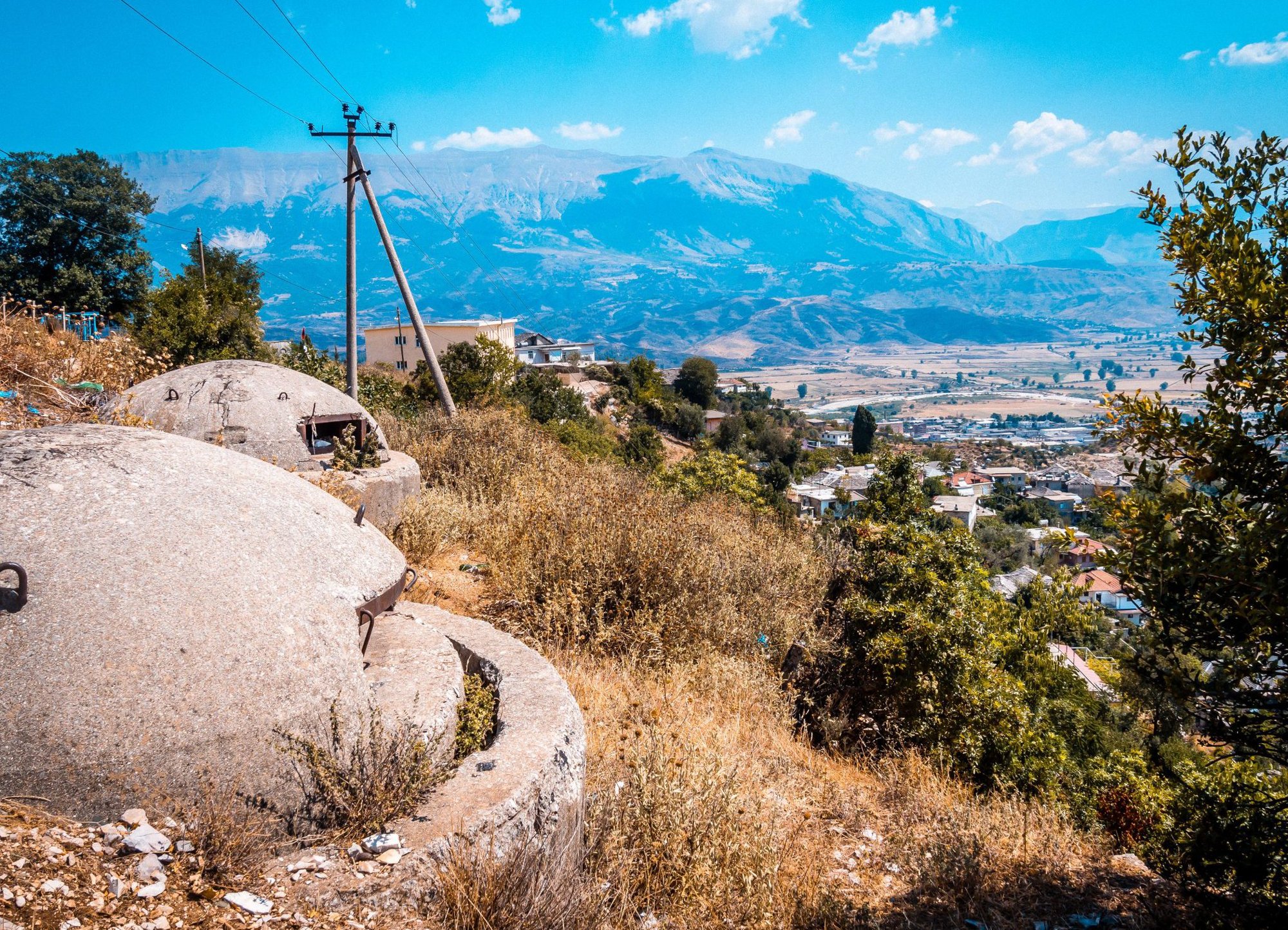
Bunkers like these in Gjirokaster, Albania, are found all over the country. Photo by Leipzig Free Tours on Unsplash.
Communism sucks no matter where it’s implemented, but few places suffered harder under communism than Albania. The centrally controlled People’s Socialist Republic of Albania took a once-proud people and turned their country into a paranoid, economically impoverished state dependent on outsiders for assistance.
When the regime couldn’t find a benefactor, it stayed put, becoming increasingly isolated and paranoid about fighting off an invasion that would never come. Its strategy, in case of an invasion, was to support a civilian population — which was expected to make the invaders pay in blood for every inch of Albania — with bunkers. Thousands of them.
Today, more than 173,000 monuments to the failure of Albanian communism dot the landscape of the country in the form of Cold War-era concrete bunkers designed for a fight anyone who might have eyes on invading, either from the West or the East.
Now, market-minded Albanians are turning them into coffee shops — a far cry from the bunkers’ intended purpose, but a uniquely Albanian solution.

Popular history doesn’t give Albania the credit it deserves for punching well above its weight class. Whether the invader was Roman, Ottoman, Italian, German, or a neighboring country, it always paid a price for its aggression against Albania. History is full of powerful Albanians, and we’re not just talking about Dua Lipa here.
Roman Emperor Diocletian, an Albanian, extended the life of the empire by 200 years. The Albanian Lord Skanderbeg led a revolt against the Ottoman Empire, punting the Ottomans around the Balkans at the height of their power. During World War II, fierce Albanians saved much of their Jewish population, and Albania was the only European country to increase its Jewish population during the war.
For Albania and many Eastern European countries, the end of World War II brought more problems. In the wake of the Axis defeat, communists who once fought as partisans or resistance fighters in the east rose up to consolidate power and establish socialist states with the help of the Soviet Union. Unfortunately for Albania, its most powerful leader was Enver Hoxha.
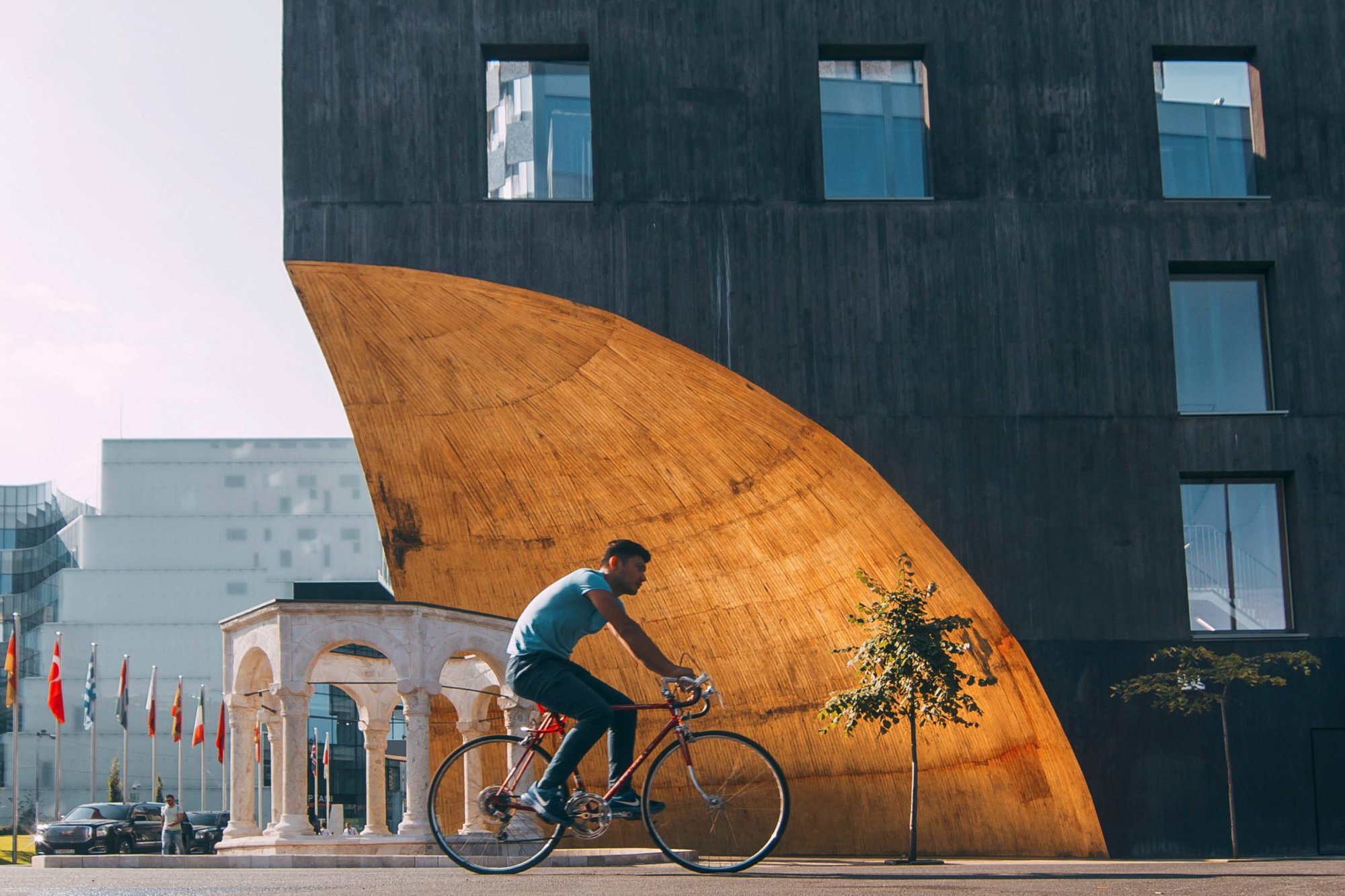
Hoxha was a schoolteacher who led communist resistance during World War II and the subsequent civil war. Hoxha’s communists quickly began to purge Albania of private industry, private wealth, and the rich people who owned either of those things. Communist Albania would try repeatedly to maintain its independence at any cost, even if threats to that independence were only imagined.
When Yugoslavia broke away from the Soviet sphere of influence, Hoxha aligned Albania with the USSR rather than with his Balkan neighbors. When Joseph Stalin died in 1953 and Nikita Khrushchev condemned his brutal policies, Albania broke with the Soviet Union — believing heavy-handed Stalinism was better — and began accepting aid from communist China.
When China began to thaw relations with the United States in the 1970s, Hoxha broke away from China too. Albania was left alone, a repressive communist regime unpopular even among its fellow communists.
Leaving the Warsaw Pact was an act that traditionally didn’t sit well with the communist leadership in Moscow, and Hoxha, increasingly paranoid about his hold over Albania, began to worry about a coming invasion. Already worried about the threat from the American-led West (neighboring Greece joined NATO in 1952), he now had to worry about an invasion from the East and began to prepare his country for such an event.
Hoxha knew there was no way Albania’s meager armed forces could ever push back an attack from a Warsaw Pact or NATO joint force, and he knew he didn’t have the resources to develop an army that could. So he militarized Albanian civilians, making a “people’s uprising” the centerpiece of his defense strategy.
Concrete and iron bunkers of various sizes were built throughout Albania. Hoxha envisioned a great people’s uprising against any potential invasion; armed citizens would take to the bunkers to defend themselves, their homes, and their fields.
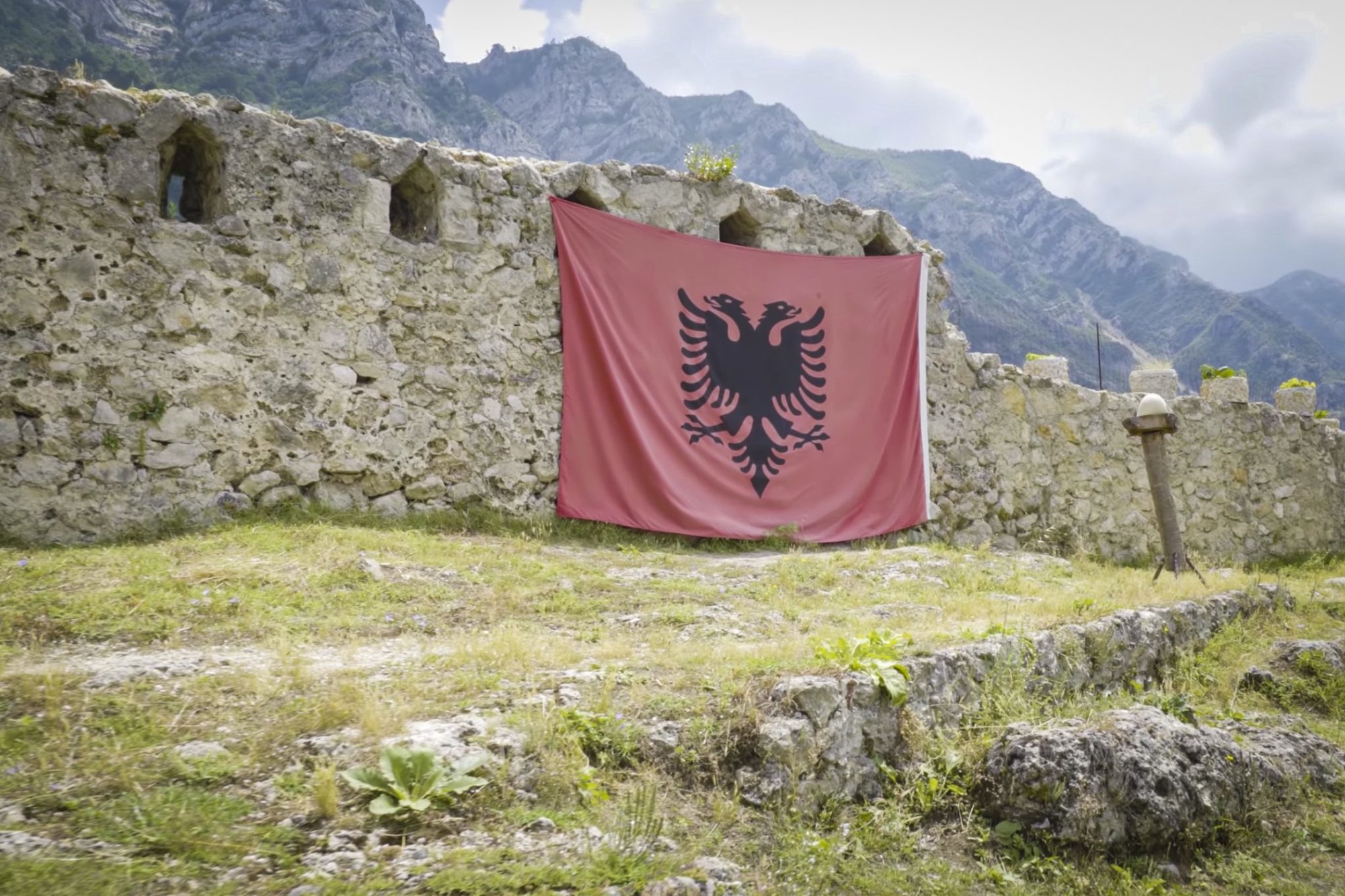
Some, called qender zjarri or “firing position” bunkers, were only big enough to hold a two-man fire team. Others were much larger, designed to protect civilians in the case of bombing raids or nuclear attacks. One thing was certain: There would be enough bunkers for anyone who wanted one. From 1967 through 1983, 173,371 bunkers were scattered across Albania, an average of 5.7 per square kilometer.
Bunkers line the streets of major Albanian cities, just as they dot the fields and mountains in its rural areas. Everything from cemeteries to the country’s finest hotels featured at least one defensible bunker.
The bunkers themselves were prefabricated — assembled and installed at their final positions. They are double-walled concrete supporting a dome designed to ricochet bullets, artillery rounds, and other projectiles, with a firing slit in the middle. Larger domes, called pike zjarri, “firing point,” were built for command and control staff, and miles of tunnels were constructed through Albania’s mountain ranges for transportation and defense.

The result was a massive drain on the country’s finances. The effort used three times as much concrete and cost twice as much as the Maginot Line built in France before World War II. Farmland was sacrificed in favor of the defensive plan, and other projects, including building up infrastructure such as roads and power lines, were delayed for the bunkers.
Worst of all, the bunkers became a symbol of the regime’s oppression and isolation from the outside world. But anyone who criticized the plan was summarily executed, and construction continued until Hoxha’s death in 1985.
The bunkers were never used for their intended purpose.

Today, they remain in many areas of the country. Removing them takes a lot of effort (which is kind of the point) and comes at a much higher cost than most Albanians can afford. Instead, locals began using them as storehouses for grain and livestock in the rural areas of the country. In the inner cities, smaller ones are used as parts of playgrounds.
The larger bunkers have been converted for an entirely new purpose, one Enver Hoxha likely never foresaw or wanted: capitalism. Albanians are taking the bunkers and converting them into privately owned businesses, such as coffee shops.
Coffee in Albania is more than a morning jolt; it’s a way of life. Coffee is usually found in Italian-style espresso or served in the Turkish style, and it’s consumed throughout the day, often at a lokal. These coffee shop-bar-restaurant hybrids are almost as ubiquitous as Albania’s bunkers, serving juices, snacks, and sodas along with the prerequisite wines and macchiatos.
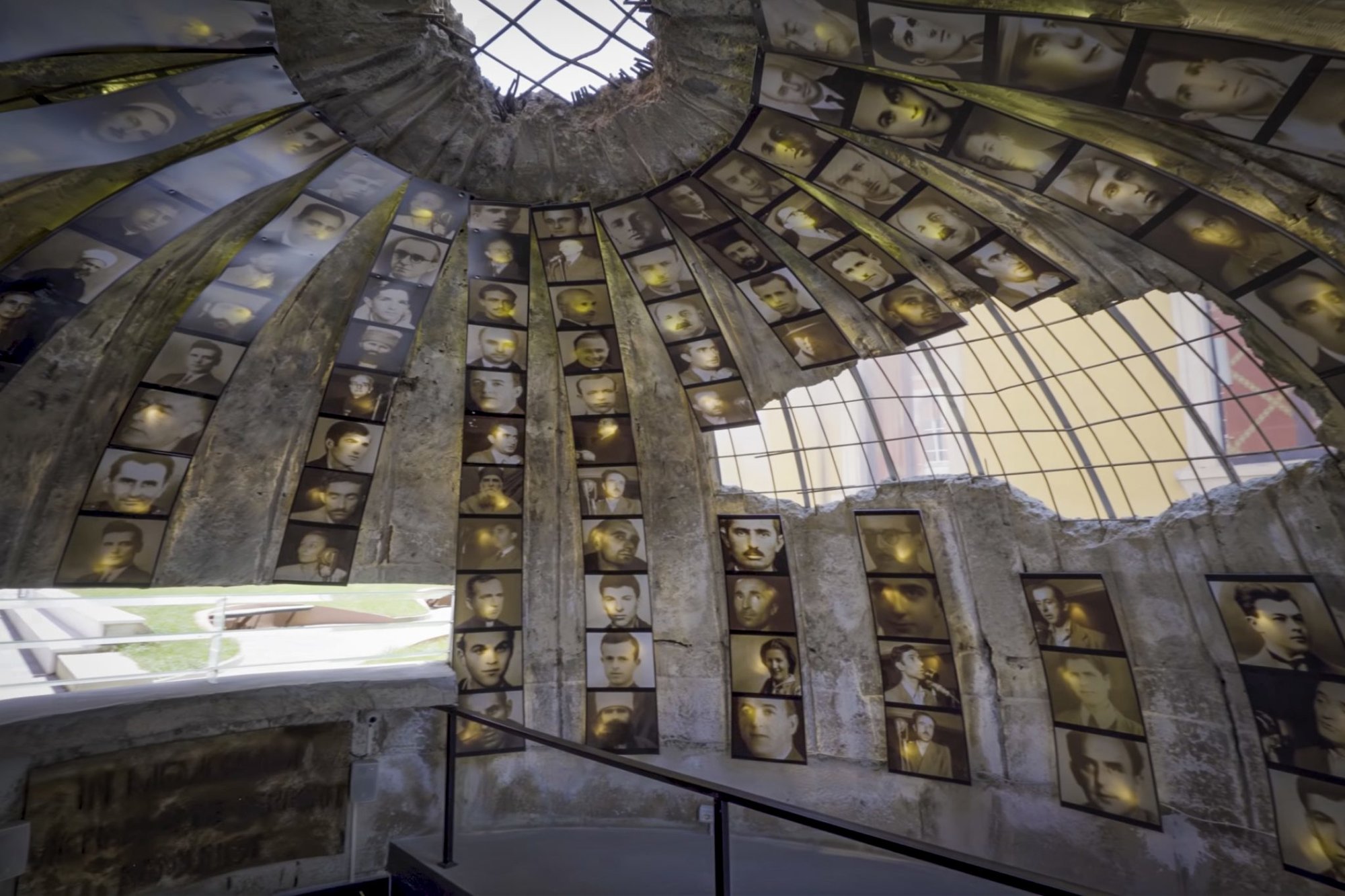
A lokal in Albania is a meeting place for old friends, co-workers, and business partners alike. Anyone who has something to discuss or a relationship of any kind to maintain usually goes to his favorite lokal for a quick sip or an hourslong conversation, depending on his relationship to the person he’s with.
As more and more pike zjarri are converted from command bunkers into these coffee shops, it becomes more apparent that Enver Hoxha’s vision of bringing Albanians together is finally starting to bear fruit — just not the way he intended.
Read Next:
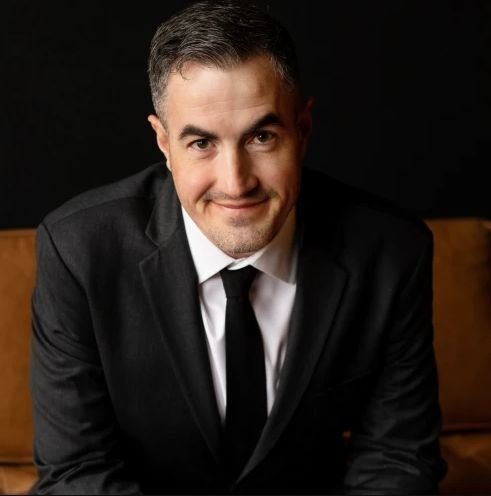
Blake Stilwell is a traveler and writer with degrees in design, television & film, journalism, public relations, international relations, and business administration. He is a former US Air Force combat photographer with experience covering politics, entertainment, development, nonprofit, military, and government. His work can be found at We Are The Mighty, Business Insider, Fox News, ABC News, NBC, HBO, and the White House.
BRCC and Bad Moon Print Press team up for an exclusive, limited-edition T-shirt design!
BRCC partners with Team Room Design for an exclusive T-shirt release!
Thirty Seconds Out has partnered with BRCC for an exclusive shirt design invoking the God of Winter.
Lucas O'Hara of Grizzly Forge has teamed up with BRCC for a badass, exclusive Shirt Club T-shirt design featuring his most popular knife and tiomahawk.
Coffee or Die sits down with one of the graphic designers behind Black Rifle Coffee's signature look and vibe.
Biden will award the Medal of Honor to a Vietnam War Army helicopter pilot who risked his life to save a reconnaissance team from almost certain death.
Ever wonder how much Jack Mandaville would f*ck sh*t up if he went back in time? The American Revolution didn't even see him coming.
A nearly 200-year-old West Point time capsule that at first appeared to yield little more than dust contains hidden treasure, the US Military Academy said.












